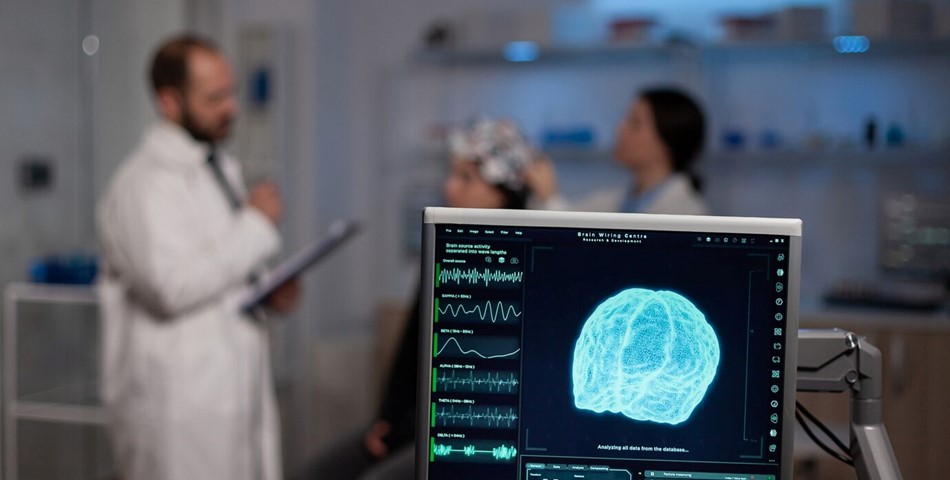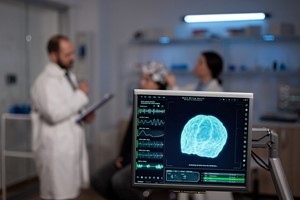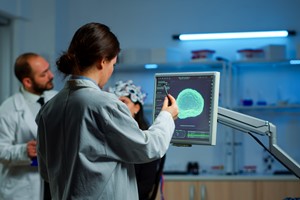A recent study highlights the development of DeepSTI, an AI-assisted MRI algorithm capable of producing high-resolution 3D brain images from a single head orientation. This innovation holds promise for reducing the number of scans required to observe neurological changes linked to conditions like multiple sclerosis (MS). In contrast to susceptibility tensor imaging (STI), which demands multiple scans at various head orientations, DeepSTI generates a comprehensive brain "super-scan" with fewer images, offering a quicker and more patient-friendly process.
Jeremias Sulam, PhD, the study's senior author at Johns Hopkins University, explained that traditional STI imaging necessitates at least six scans at different head orientations for effective reconstruction, hindering its widespread use. The AI-assisted approach significantly expands the amount of valuable information obtained while requiring less data, potentially facilitating the transition of this imaging technique from the lab to clinical settings.
In multiple sclerosis, an abnormal immune response leads to inflammation and damage to the myelin sheath surrounding nerve fibers in the brain and spinal cord. MRI scans are crucial for detecting myelin and nerve fiber changes, known as lesions, aiding in MS diagnosis and treatment monitoring. STI, a specialized MRI technique, assesses the magnetic susceptibility of brain tissues to provide 3D images revealing myelin damage and processes associated with neurodegenerative diseases.
DeepSTI utilizes machine learning and regularization to create a high-resolution 3D map of magnetic susceptibility in the brain using fewer MRI scans. This algorithm, by focusing on generating reconstructions resembling prior scan data, enhances accuracy and reliability. The objective is to make STI more accessible for clinicians by reducing scan time and improving image quality. Researchers are optimistic about the algorithm's mathematical framework, considering it a research success story that could pave the way for new technologies in clinical decision-making and open avenues for broader restoration and reconstruction algorithms and applied mathematics research. The availability of data, models, and code for other researchers allows exploration of the algorithm's potential applications in addressing various scientific and engineering challenges.
multiplesclerosisnewstoday.com - Steve Bryson / Machine Learning in Clinical Neurology - Several Authors










